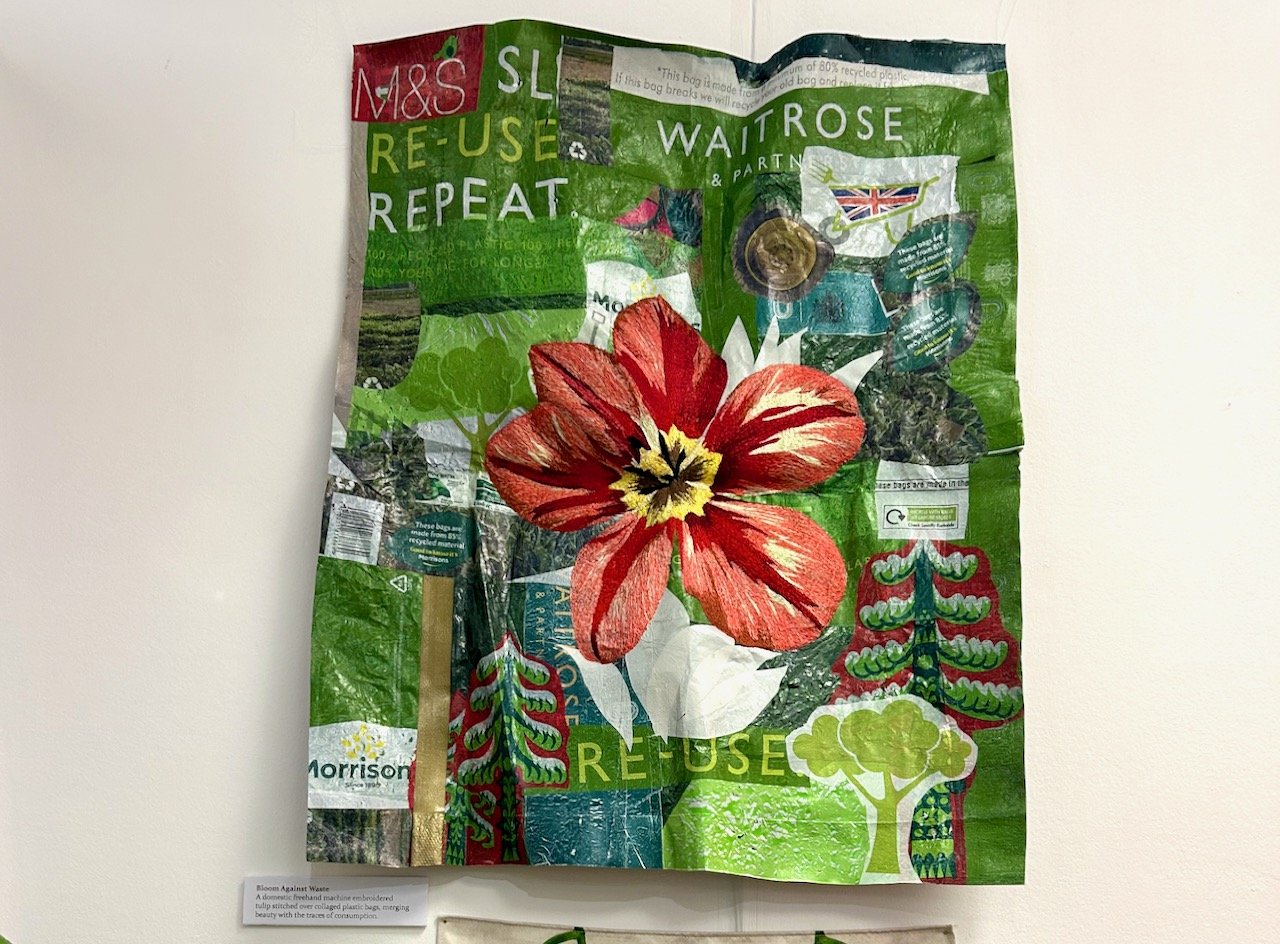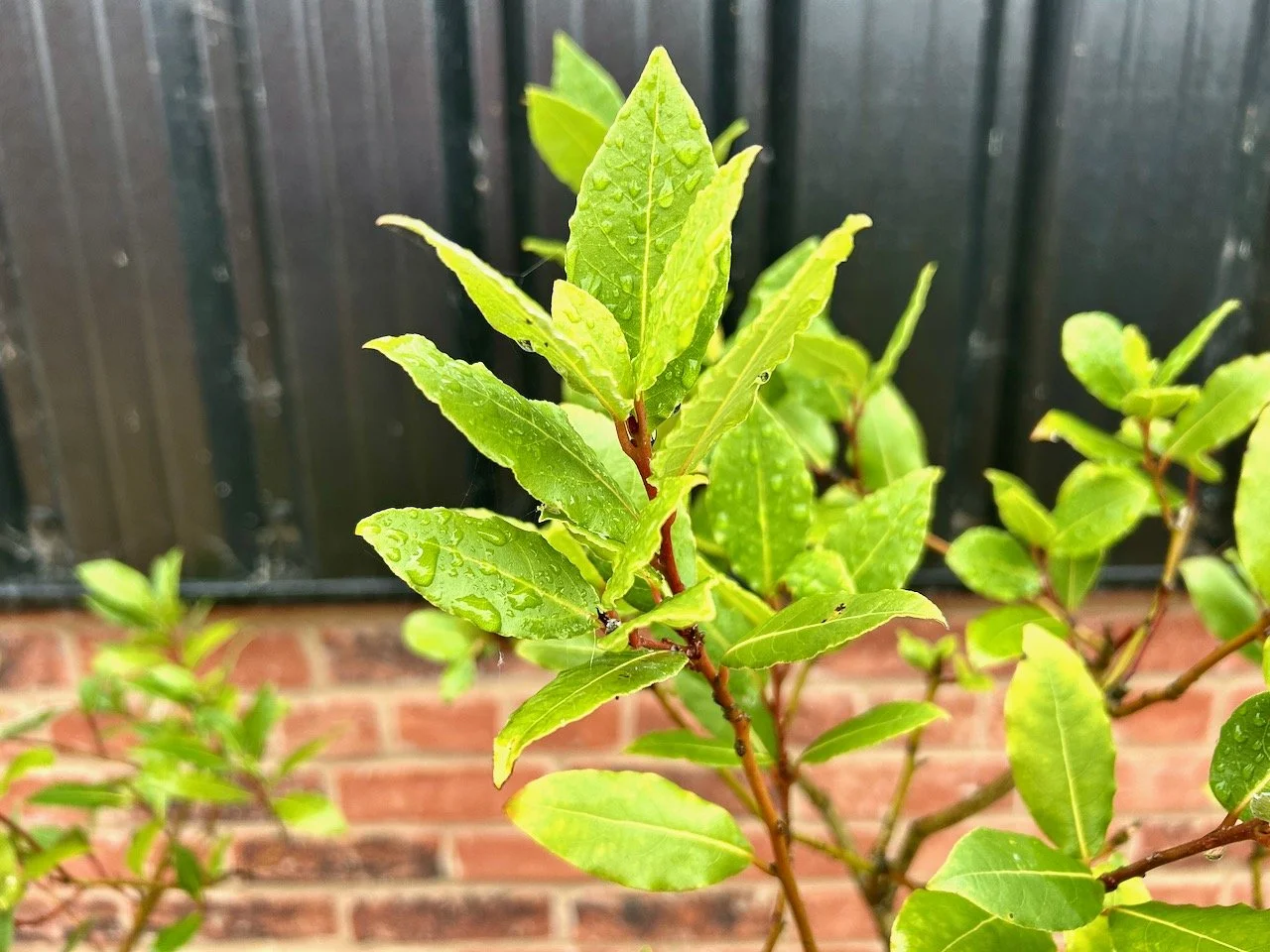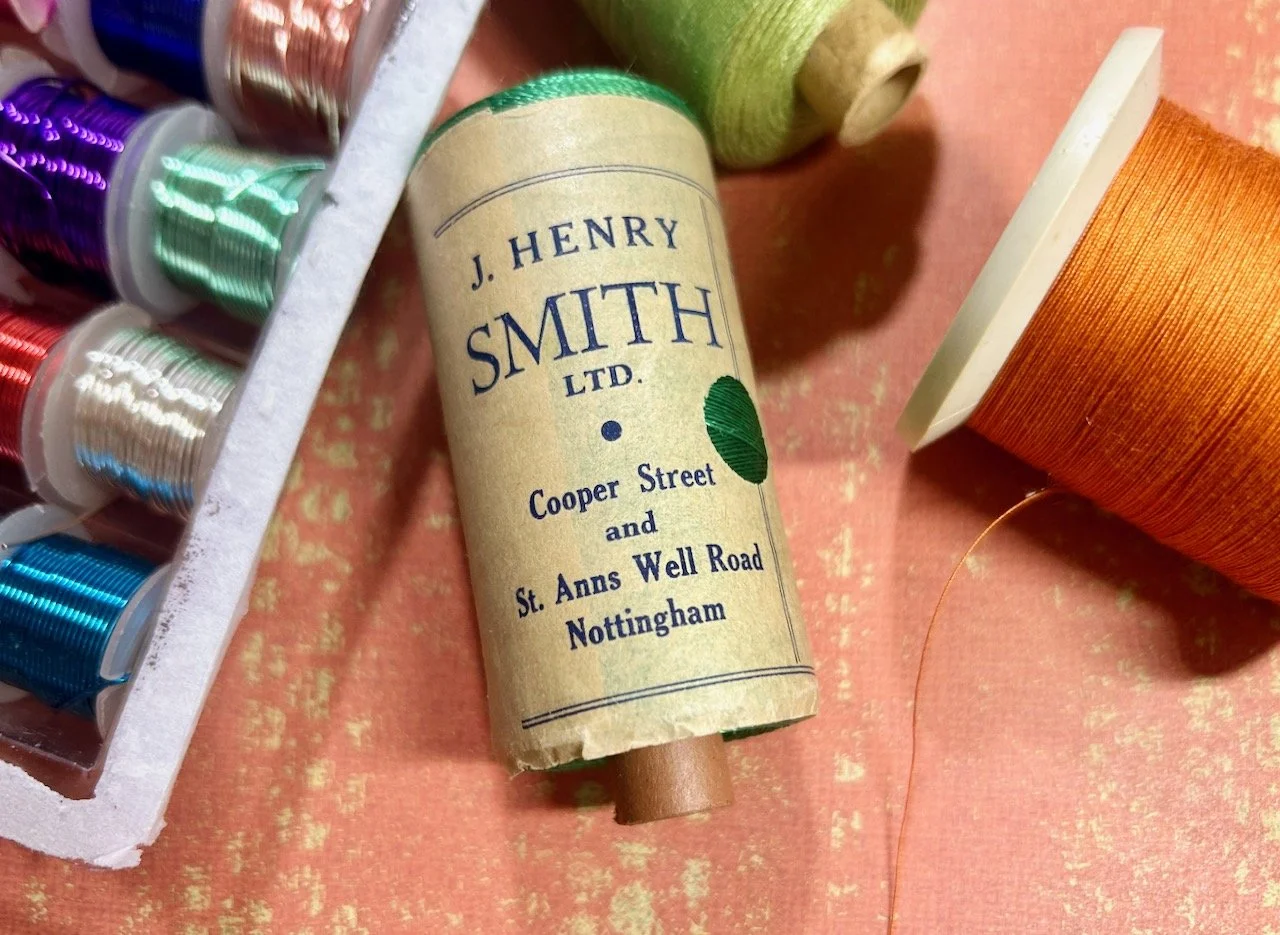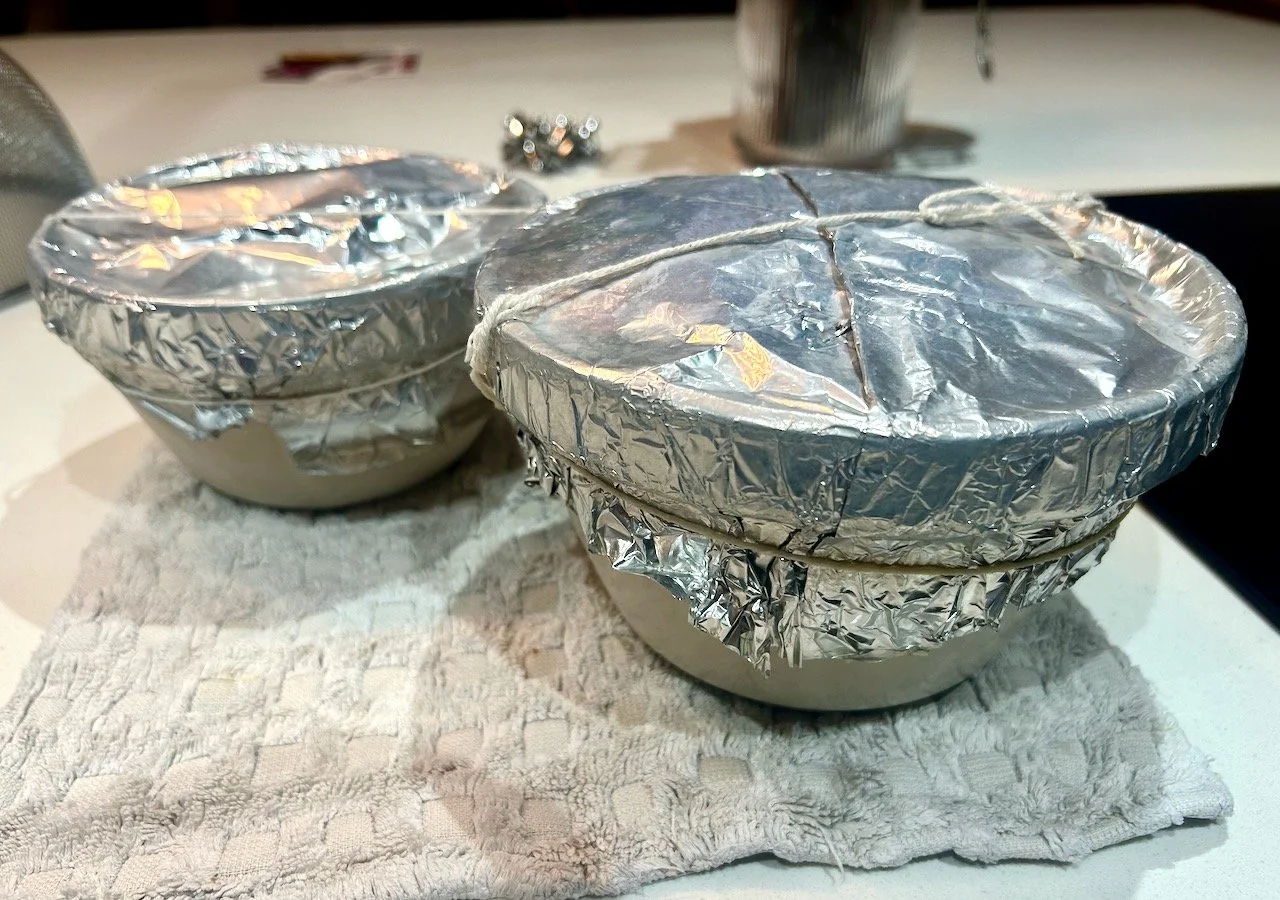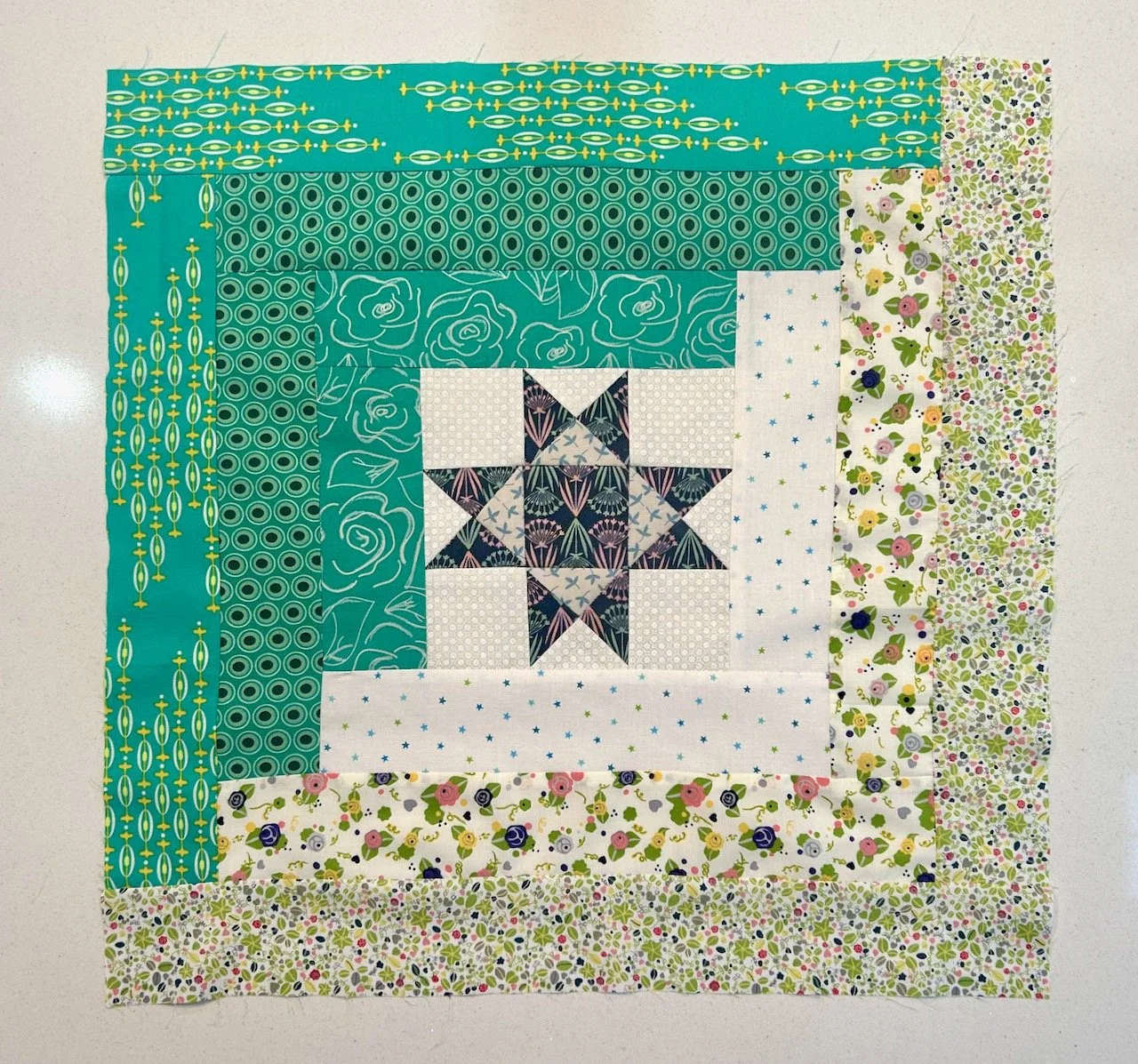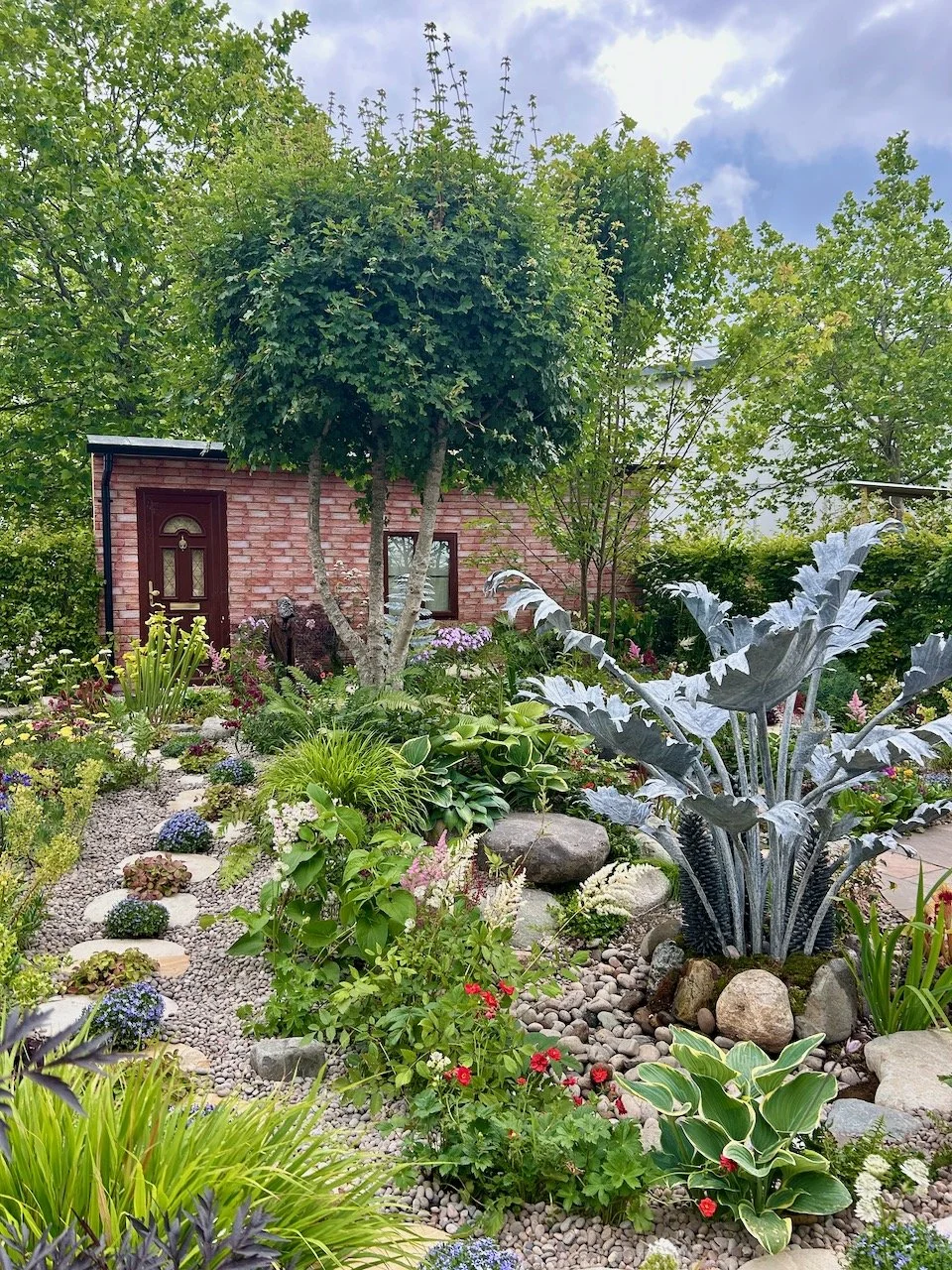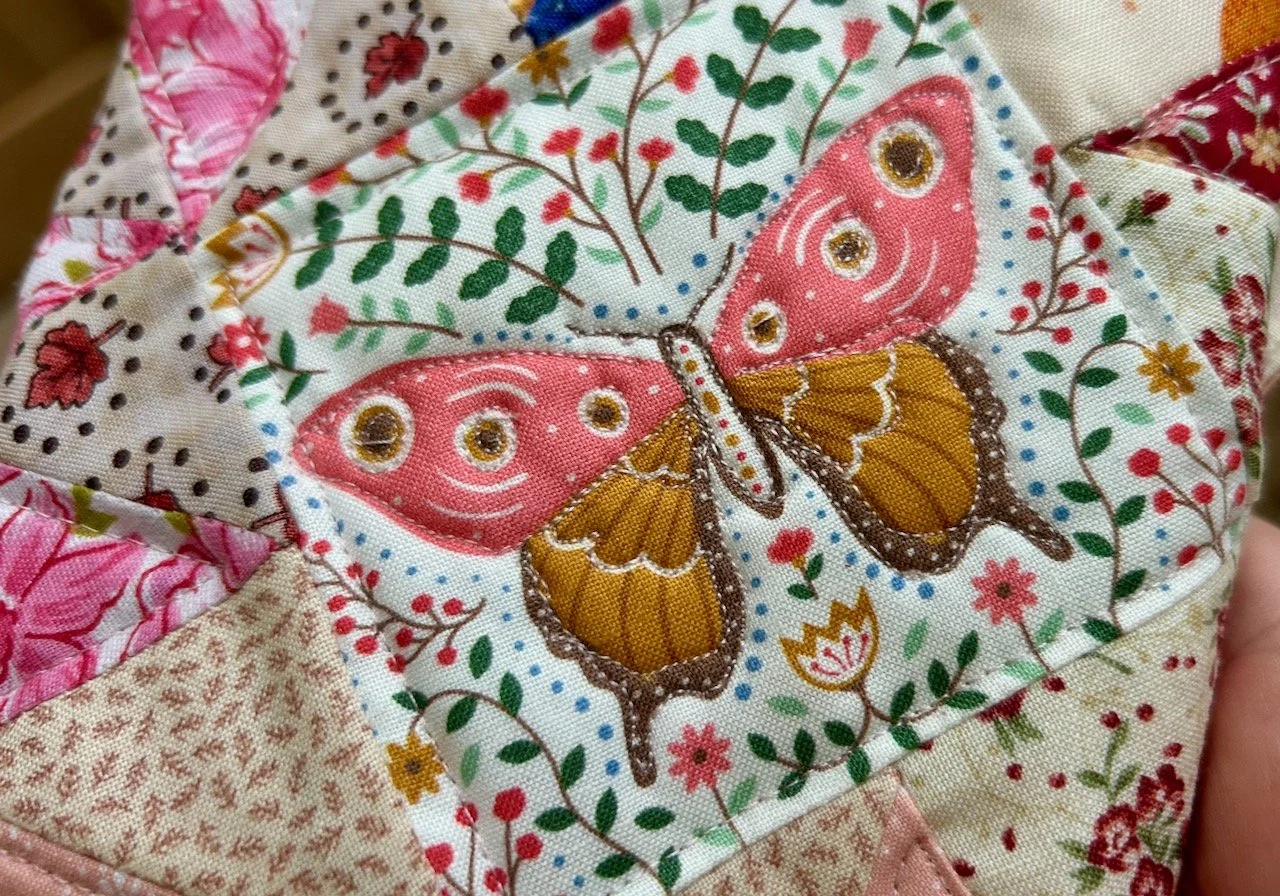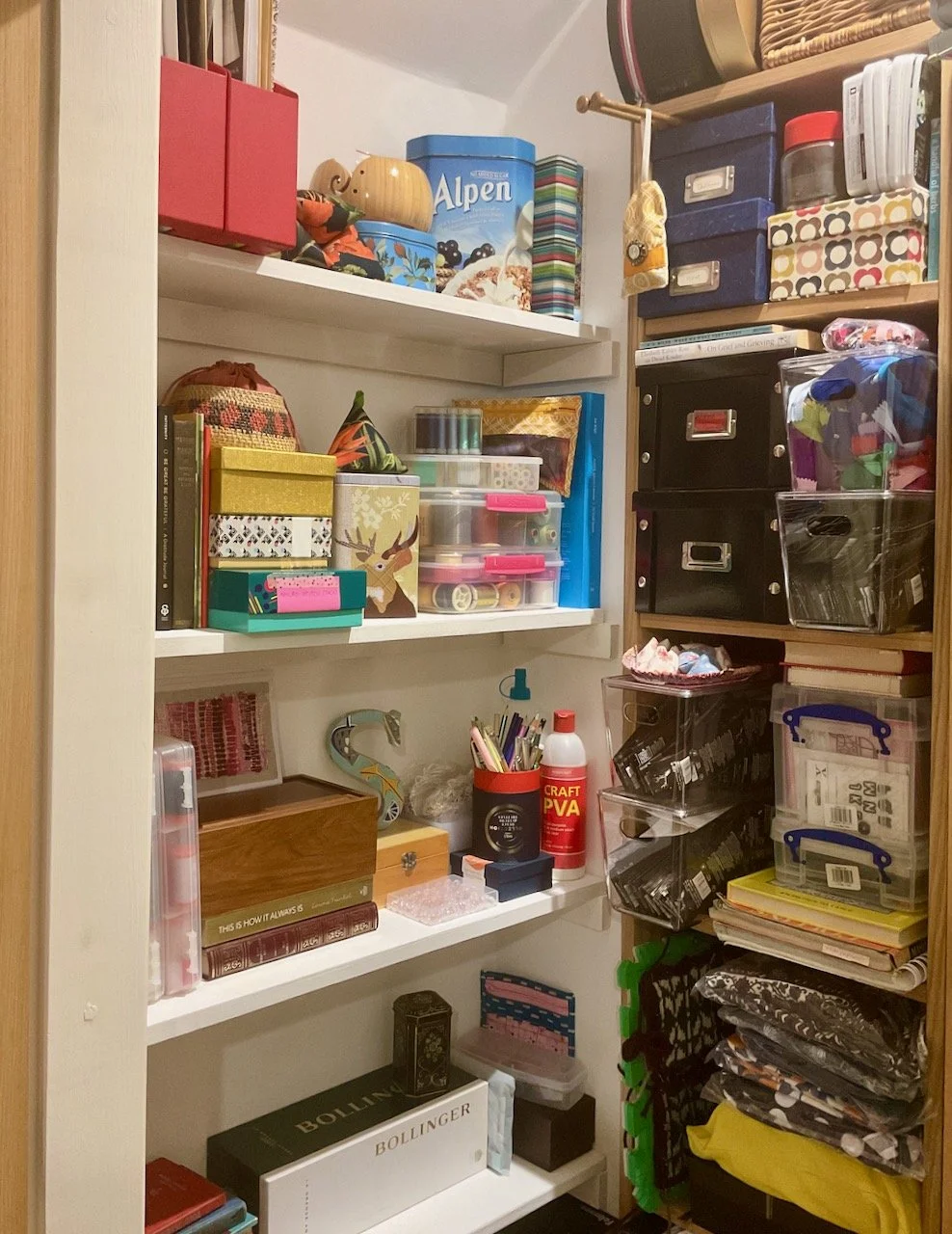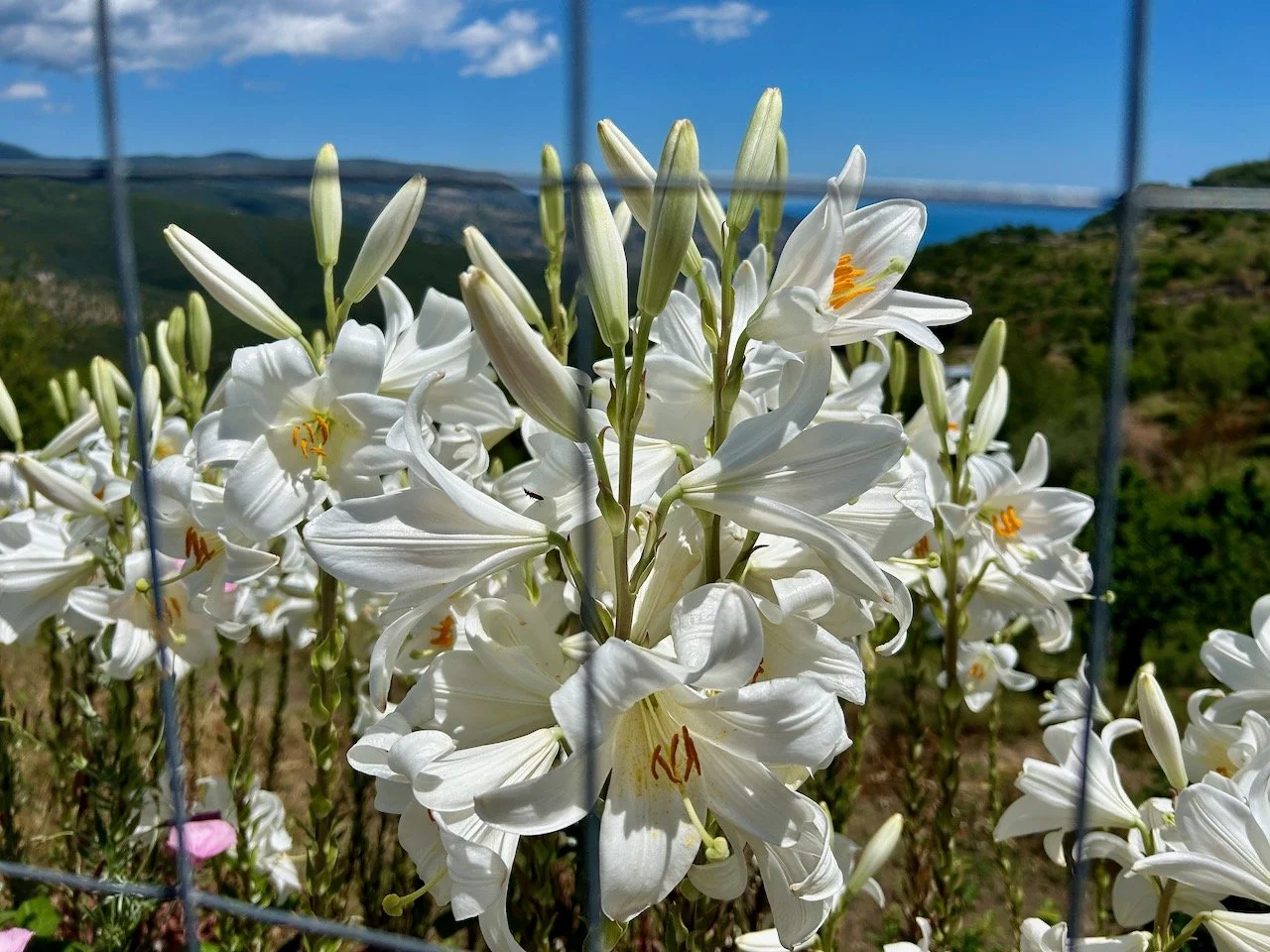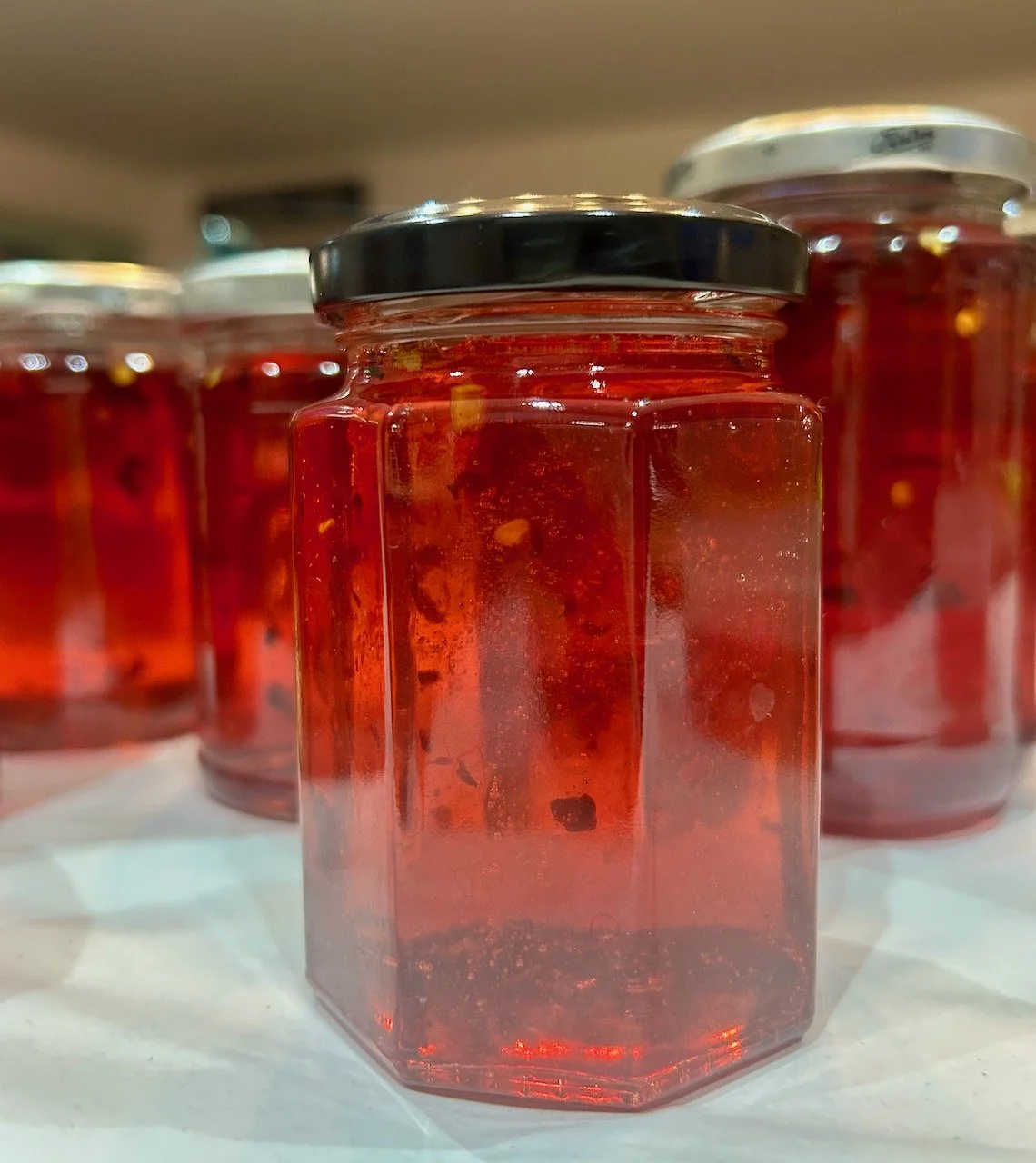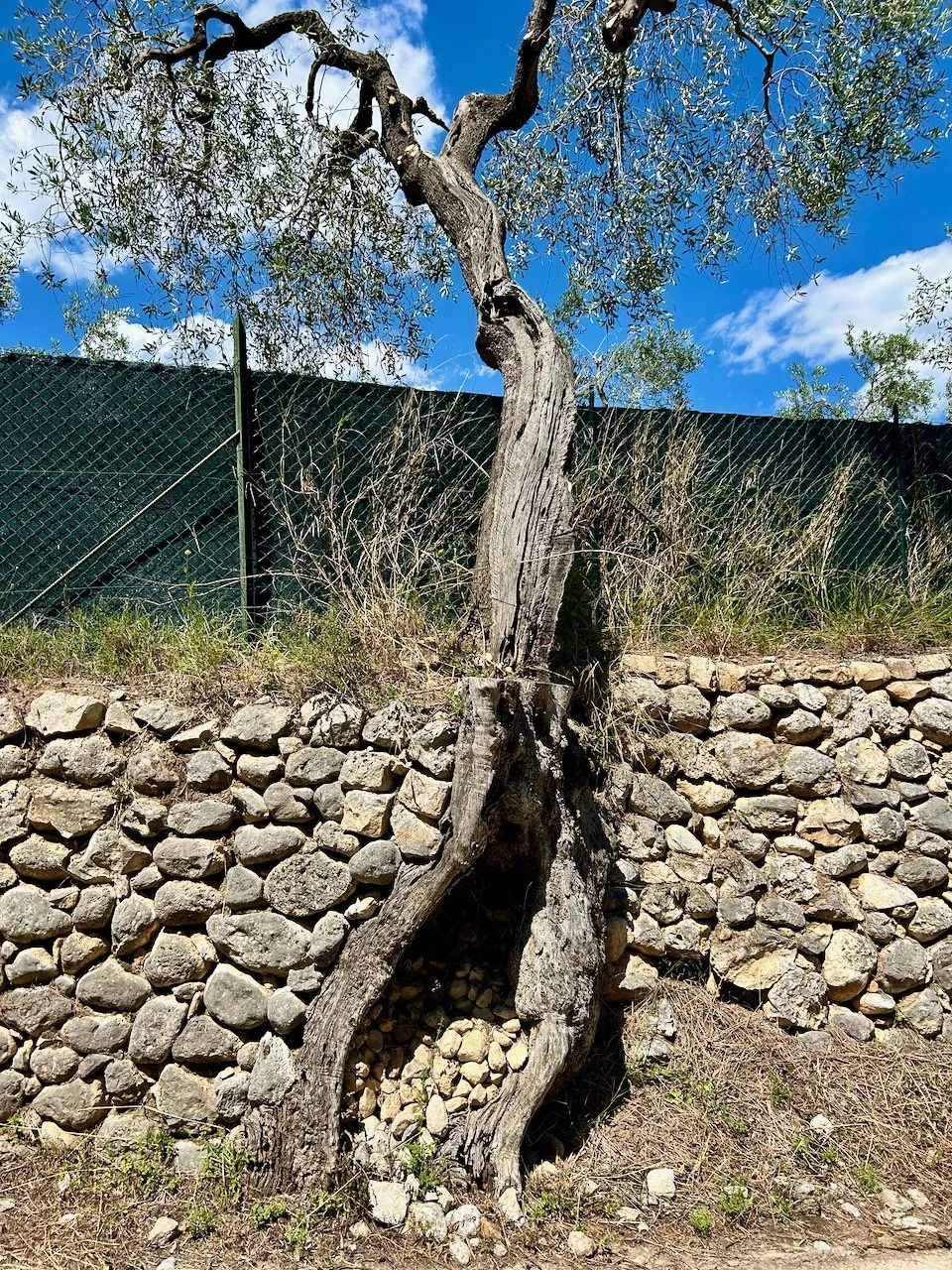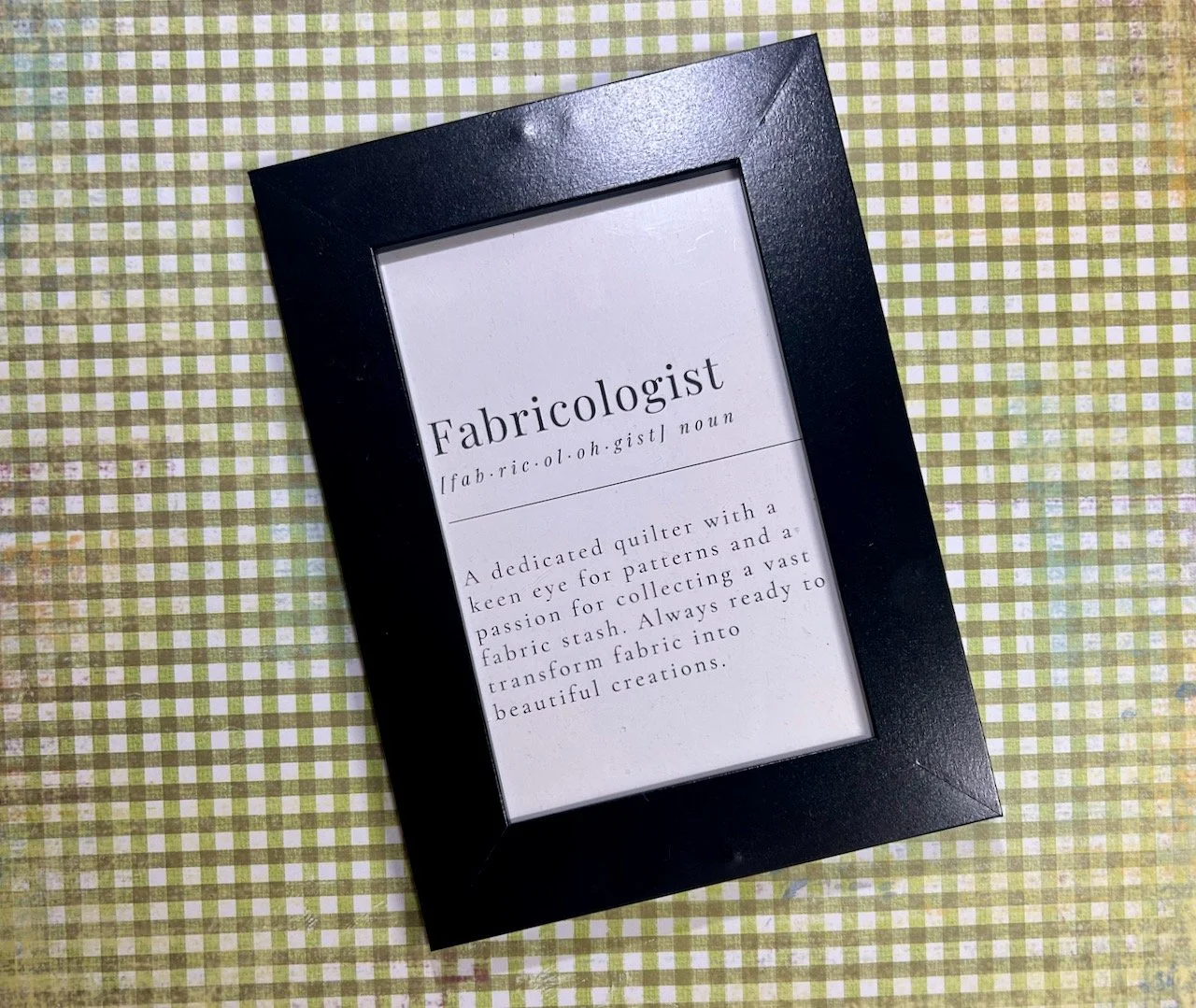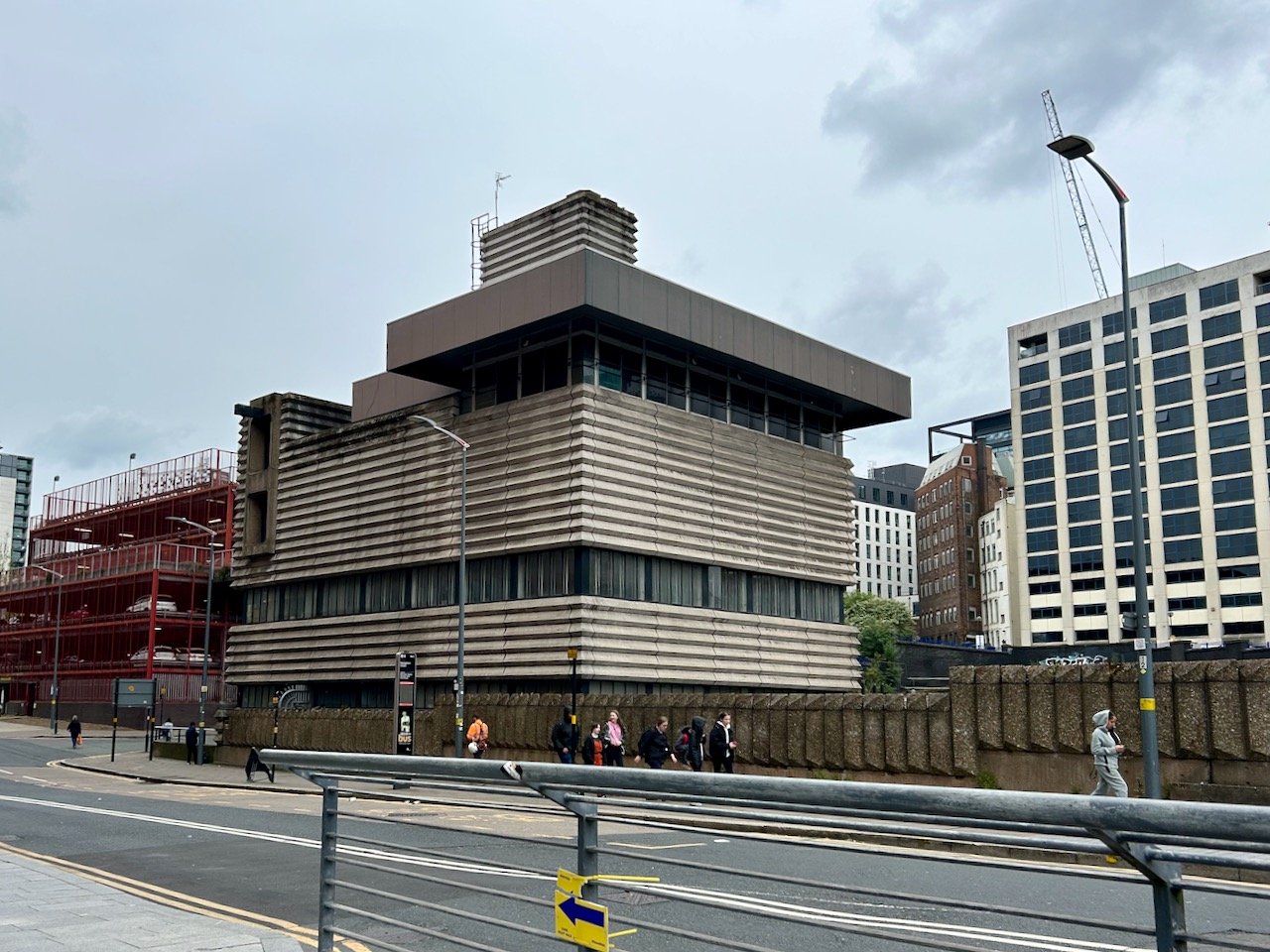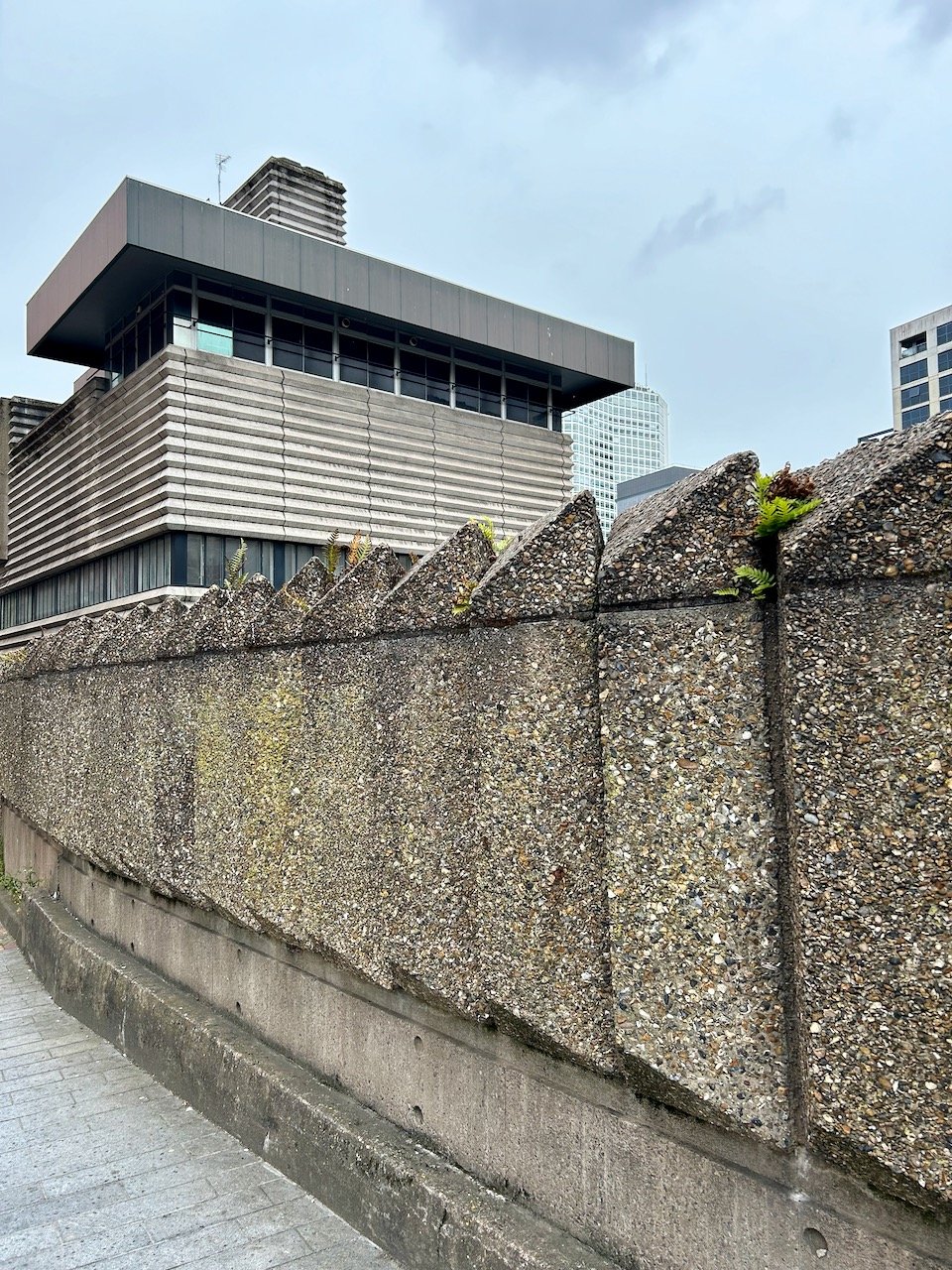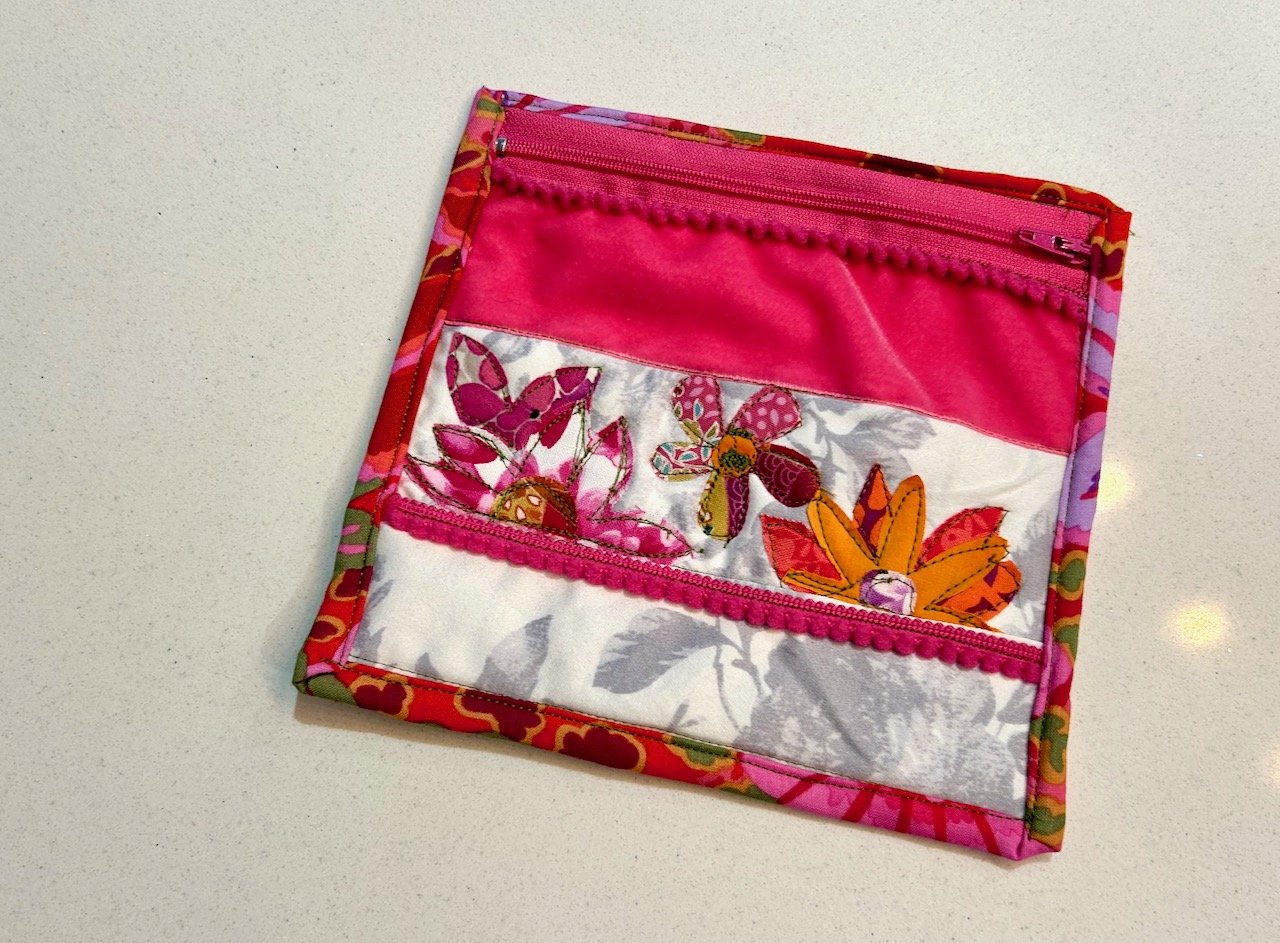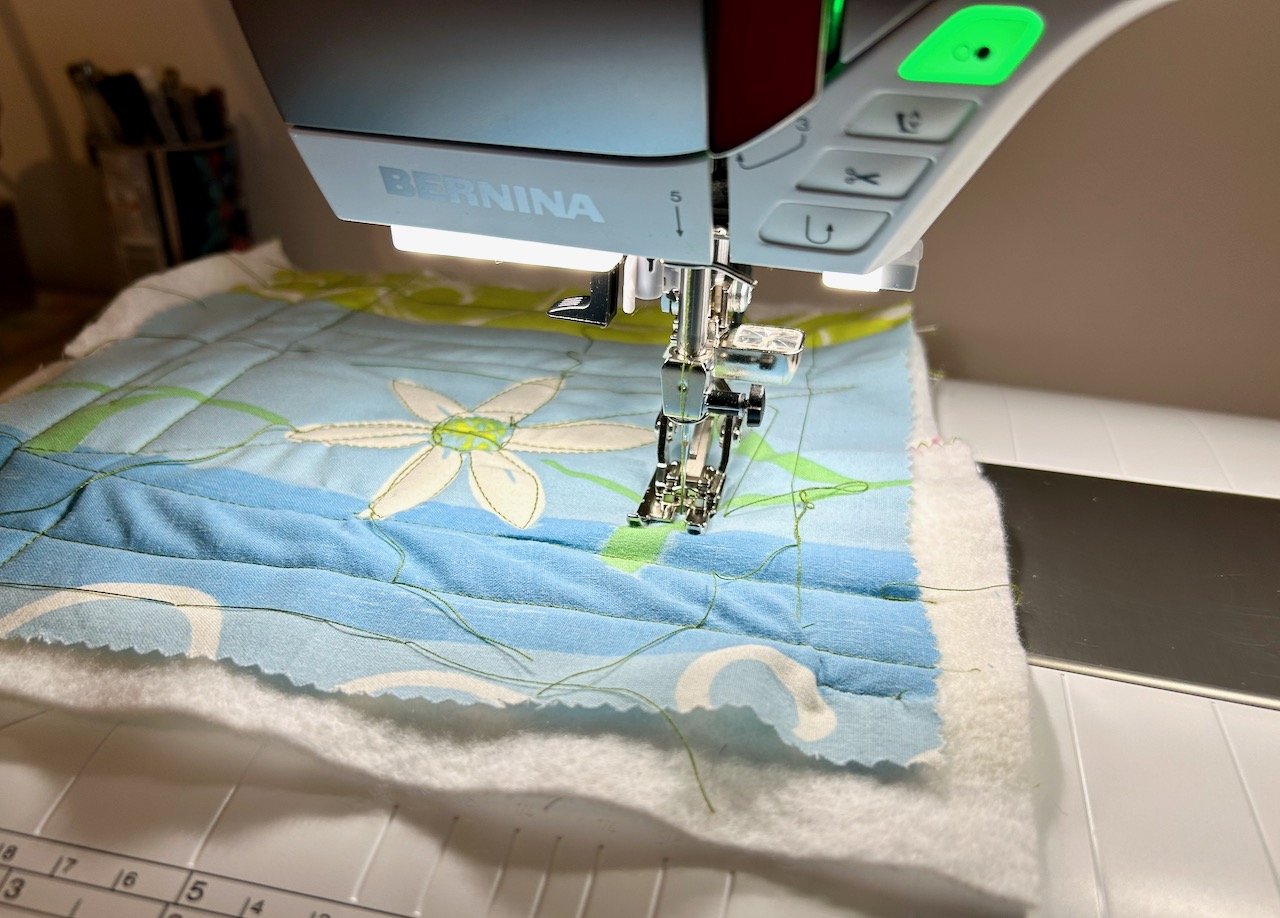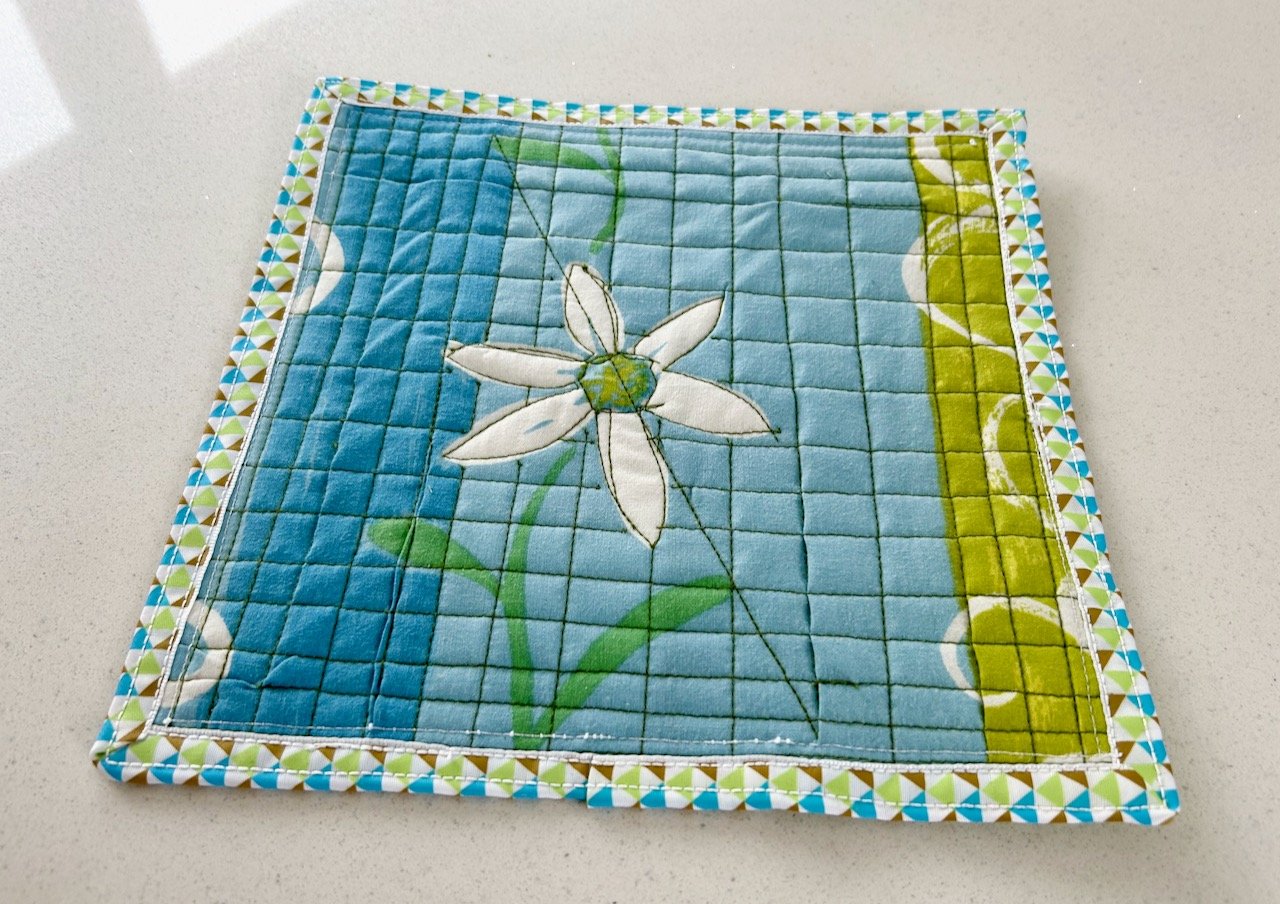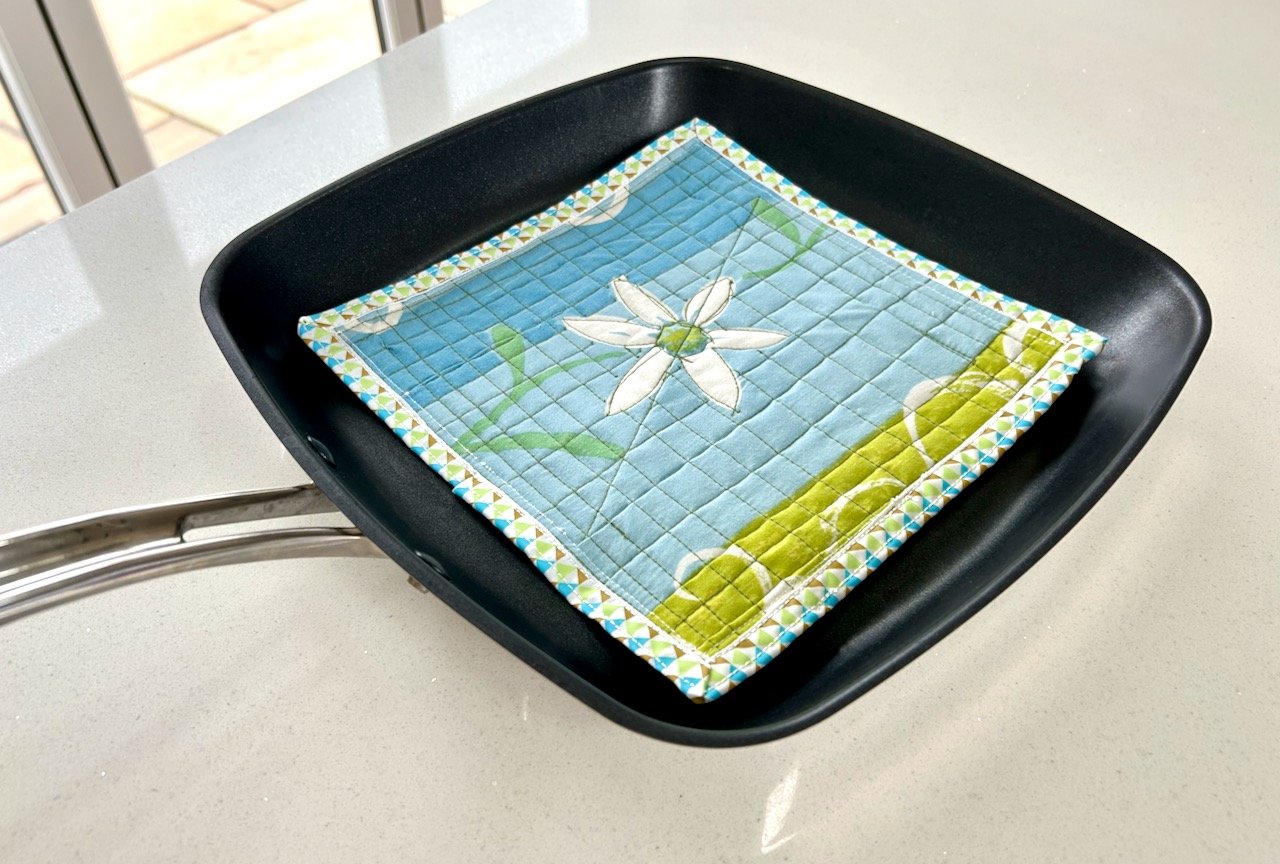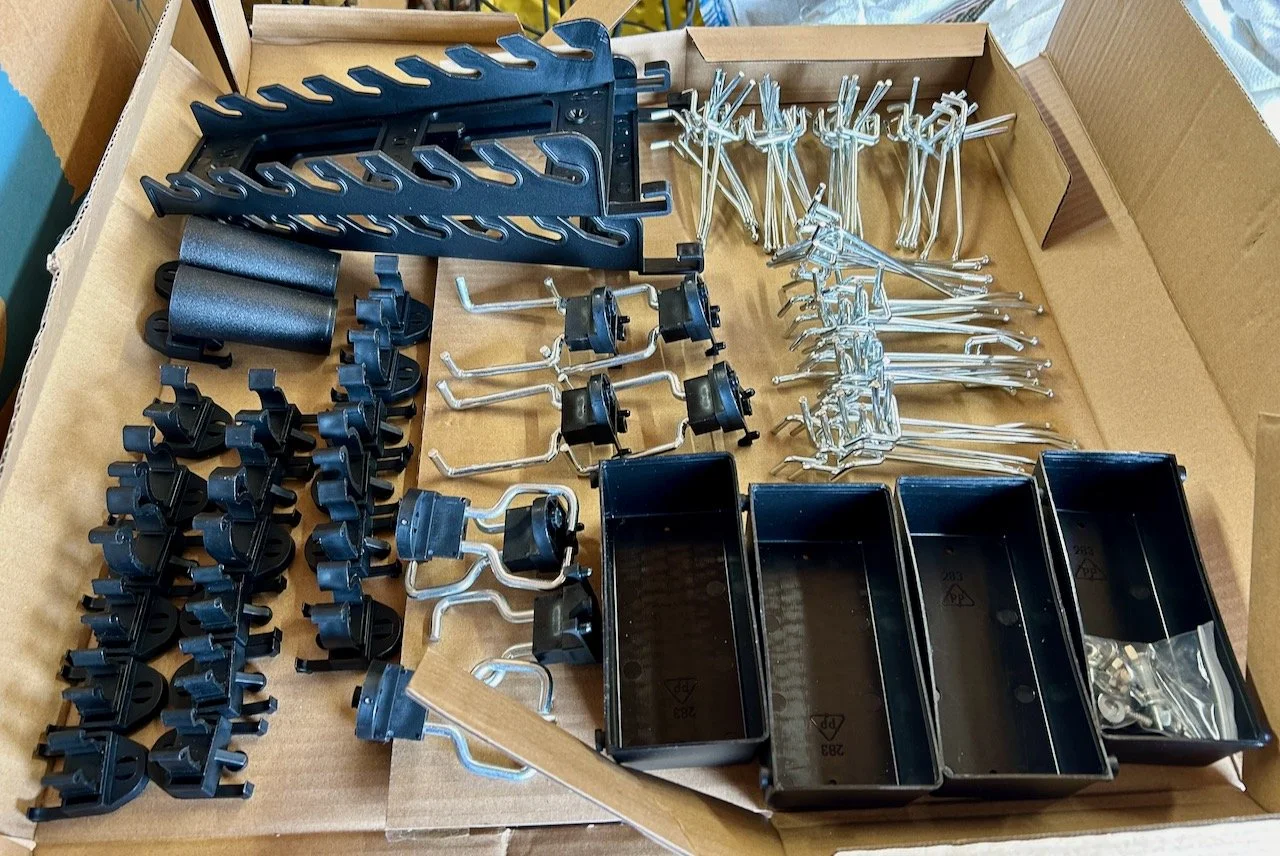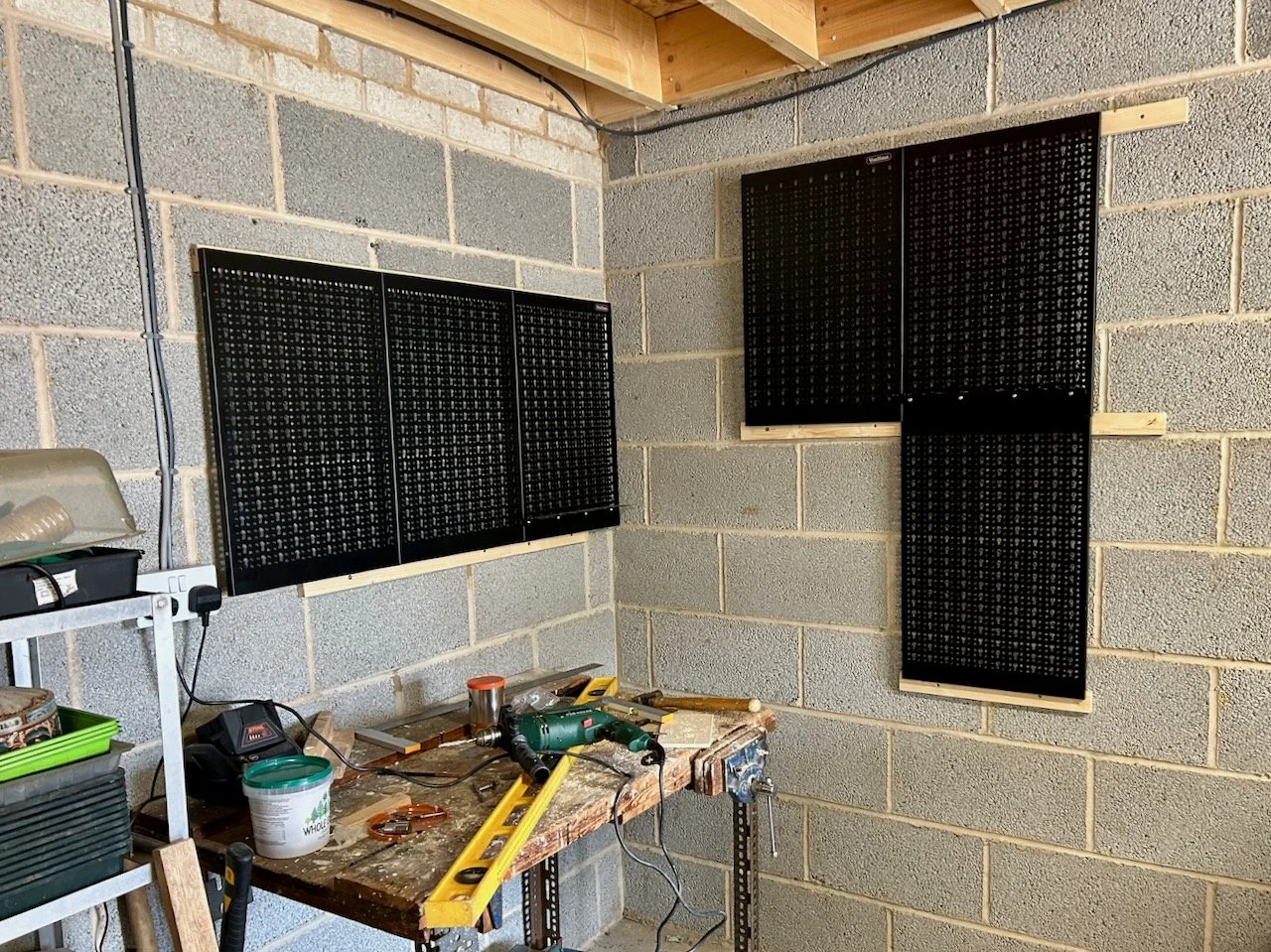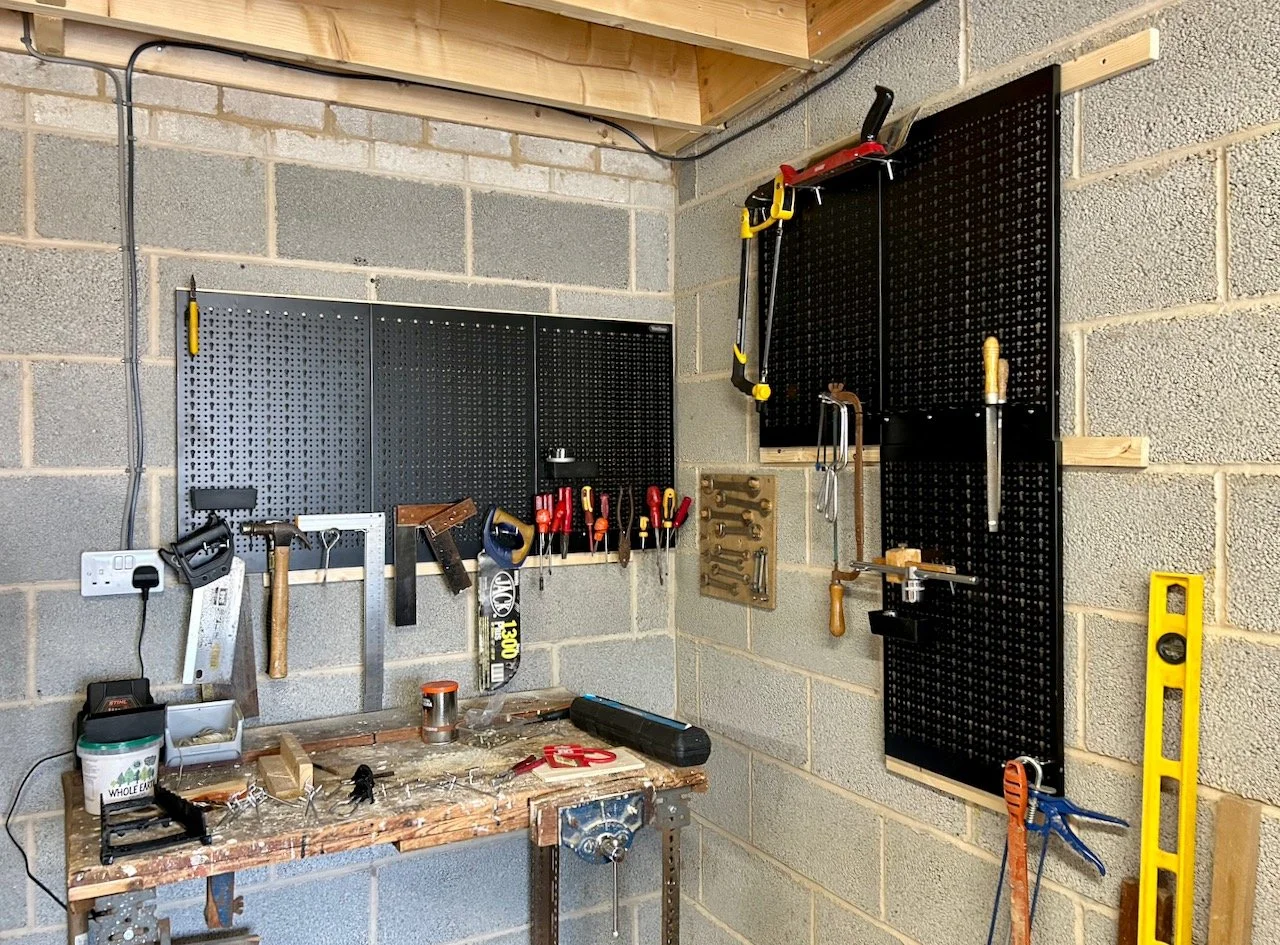Recently I got a bit of a surprise when I opened Instagram, there in front of me was a picture of the library in the town where I grew up, but instead it was now called The Brutalist Library SE25. And you know what, I’d never considered it as this - yes it was a modern building, and one that was quite different in style to those around it, but to me it was just the library. The place to while away hours (and hours) and even sometimes the place to complete secondary school homework.
And since then I don’t think I’ve ever really given in too much thought, so to see it on my Instagram feed was quite a surprise. It turns out that it’s had a bit of a fight on its hands, as libraries have tended to over the years, but it’s still there - and from the photos I’ve seen still looks very much like it did back in the late 1970s and 1980s.
Though I did notice that the circular planters out the front had been changed for a new mosaic - and when I say new, this mosaic is now almost 20 years old! But even so it was good to see it still there, still a library and it reminded me how many memories a single image can evoke.
But it also reminded me of our hunt to locate the brutalist Signal Box at Birmingham New Street before we caught our train back from Gardener’s World Live last year - a building which was on MOH’s list of ‘buildings to see’.
And see it we did, but only from the outside - and it’s quite imposing.
The term brutalist is used for a reason isn’t it? But there’s also some fascinating shapes, angles and textures on this now retired Grade II listed building.
But up until the end of 2022 it continued to play its important part of Britain’s railway since it started operation in 1966 - the signallers inside were capable of directing up to 1200 trains a day. Clearly the 1960s technology was getting harder to maintain, and the manual operation for the power signal box for setting safe routes for trains no longer the preferred way of working with all of Birmingham New Street’s signalling equipment converted to digital operation as you’d expect.
I was fascinated by the remaining items left in the building though, just but not quite visible through the windows - I’m sure this is, and will be if left untouched, a real life sized version of a time capsule!
Brutalist architecture won’t be (and isn’t) to everyone’s taste, but I kind of admire it - its mix of reinforced concrete and concrete cladding definitely mark a moment of time.
I don’t know if my feelings are influenced by my love of visiting the brutalist library in South Norwood, or even by growing up near to Croydon which is also home to structures considered brutalist which to me were just the shopping centre, or the 50p or eggbox building!
Who knows.

